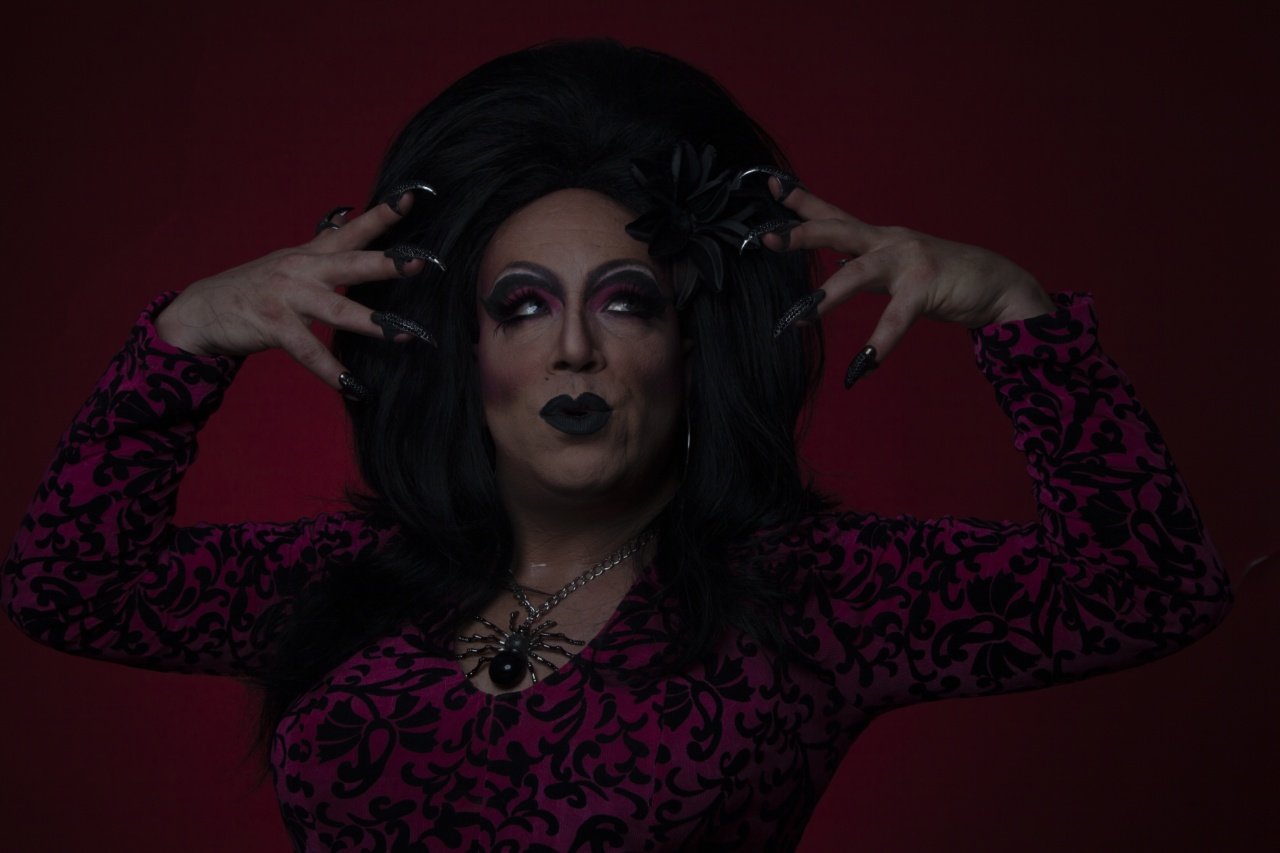Dermatography, also known as medical tattooing, is the practice of using tattoos for medical purposes. It is a relatively new field and is growing in popularity as people become more aware of its benefits.
In this article, we will explore what dermatography is, what it is used for, how it works, and what the future holds for this fascinating practice.
What is Dermatography?
Dermatography is the process of using a tattoo gun to implant medical grade pigments into the skin to improve aesthetic appearance or camouflage areas of skin that may have been damaged, diseased, or disfigured.
This is often done to improve the appearance of scars, burns, vitiligo, or alopecia. The pigments are matched to the skin tone of the patient and are specially formulated to be safe and long-lasting.
What is Dermatography Used For?
Dermatography is used for a variety of medical and cosmetic purposes. Some of the most common reasons that people undergo dermatography include:.
Scar Camouflage
Many people have scars that they feel self-conscious about. Whether the scars are the result of an injury, surgery, or acne, dermatography can be used to camouflage them and make them less noticeable.
The pigments used in dermatography are carefully matched to the patient’s skin tone, which helps them blend in with the surrounding skin.
Burn Scars
Patients who have suffered from burns may have scars that are raised, discolored, or have a different texture than the surrounding skin.
Dermatography can be used to improve the appearance of these scars by camouflaging them or creating definition in the area around them. This can help to improve the patient’s self-esteem and confidence.
Vitiligo
Vitiligo is a skin condition that causes the loss of pigmentation in certain areas of the skin. Dermatography can be used to implant pigments in these areas, helping to give the patient a more even skin tone.
Alopecia
Alopecia is a condition that causes hair loss. Dermatography can be used to create the illusion of hair by implanting pigments that mimic the look of hair follicles.
This technique is often used on the scalp to create the appearance of a full head of hair.
How Does Dermatography Work?
The process of dermatography is similar to that of traditional tattooing, however, the techniques used are different. The pigments used in dermatography are specially formulated for medical use, and are designed to be safe and long-lasting.
The tattoo gun used in dermatography is also different than a traditional tattoo gun, and is designed to be used on the delicate skin of the face and scalp.
Before the procedure, the patient will have a consultation with the dermatographer to determine the best course of treatment. The dermatographer will take into account the patient’s skin tone, the area being treated, and the desired outcome.
Once the consultation is complete, the patient will be given numbing cream to help reduce any discomfort throughout the procedure.
The dermatography procedure itself can take anywhere from an hour to several hours, depending on the area being treated and the complexity of the design.
Once the procedure is complete, the patient will be given aftercare instructions to ensure that the treated area heals properly.
The Future of Dermatography
Dermatography is a rapidly growing field, and as the practice becomes more well-known, it is likely that we will see even more innovative uses for the technology.
One possible area where we may see growth is in the field of medical tattooing for breast cancer survivors.
Medical tattooing is already being used to create the appearance of nipples on women who have undergone a mastectomy, however, there is potential for the technology to be used to create 3D areola tattoos that are more realistic than traditional tattoos.
Another area where we may see growth is in the use of dermatography for the treatment of skin conditions such as psoriasis.
Dermatography can be used to camouflage areas of the skin affected by psoriasis, helping patients to feel more confident and less self-conscious about their condition.
Conclusion
Dermatography is a relatively new field that has the potential to transform the lives of people who have been affected by skin conditions or injuries.
Whether used for scar camouflage, burn scars, vitiligo or alopecia, dermatography is a safe and effective way to improve aesthetic appearance. With more research being done, we are likely to see even more innovative uses for this fascinating practice in the future.































